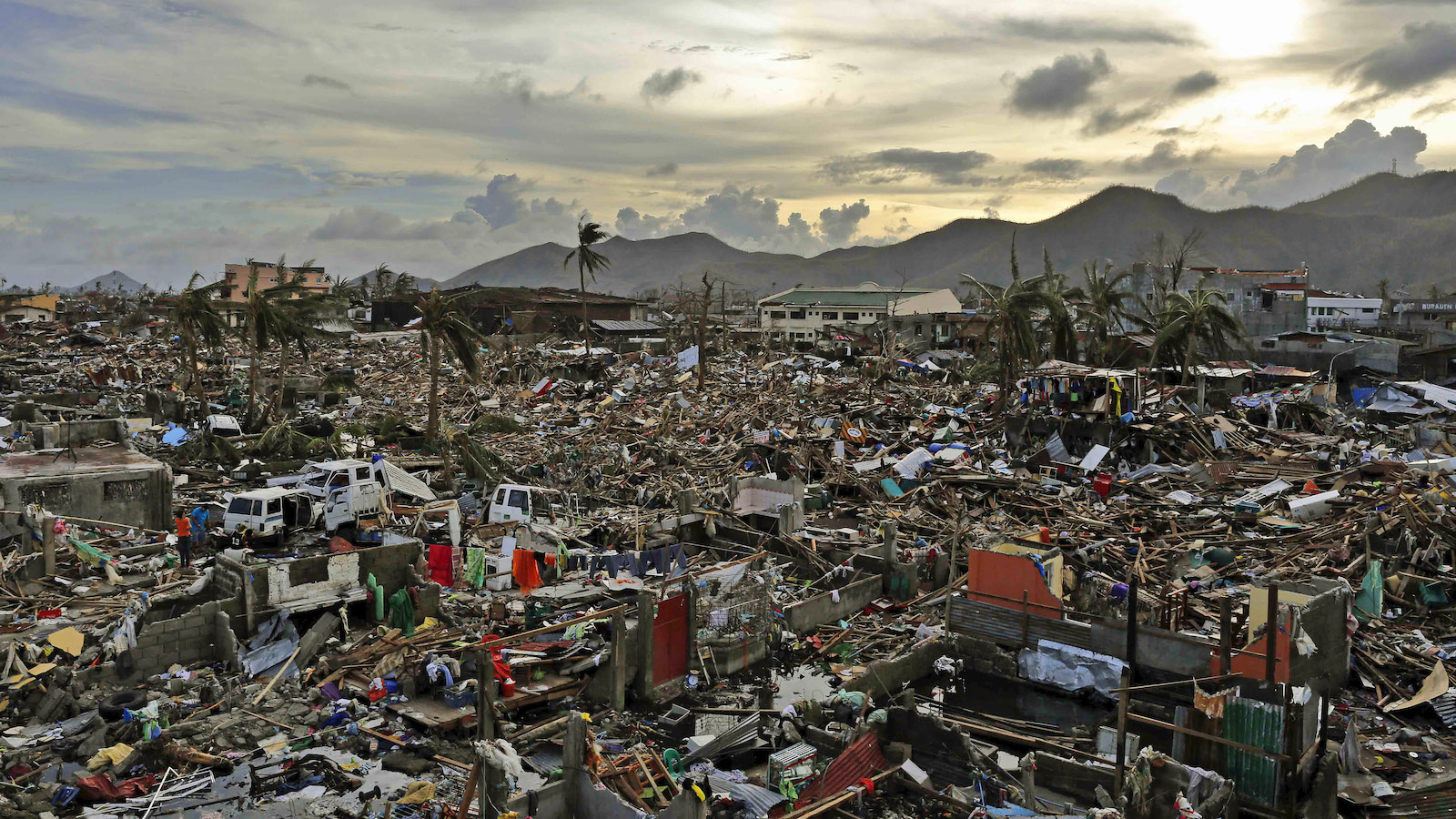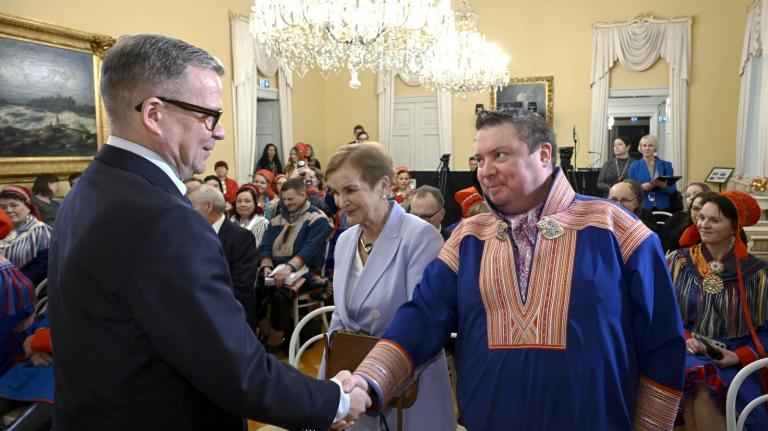Climate solutions often fall into two major categories: actions that reduce greenhouse gas emissions and help stabilize the climate, collectively known as “mitigation,” and actions that reduce risks to human life, ecosystems, and economies from the effects of climate change, or “adaptation.”
But there’s a third pillar of climate solutions that the leaders of small island states have pushed for during international climate negotiations since the 1990s: funding for “loss and damage.” It’s the idea that some climate impacts can’t and won’t be avoided through adaptation. People will die; livelihoods and property will be destroyed; communities will be thrust into dire situations. Though developing countries have done little to cause climate change, they are most vulnerable to its impacts and argue that wealthier countries have a moral responsibility to compensate them for those harms.
Progress on the issue has been slow, due in no small part to fierce resistance from the U.S. and other developed countries. Right now, there are international funding streams set up to help poorer nations cut their emissions and reduce their risks to climate change, but there is no financial channel devoted to helping people rebuild after climate-induced crises. But a major report released on Monday by United Nations scientists heightens the pressure on rich countries to put real money on the table for loss and damage at the next climate summit in Egypt in November.
“Countries representing the vast majority of humanity have been pleading for a new funding mechanism for loss and damage,” said Teresa Anderson, the climate policy coordinator at the anti-poverty nonprofit Action Aid International. “At COP27 in Egypt this year, we really need an outcome that shows the communities who are hardest hit by the climate crisis that the world is in it together.”
The report is part of the sixth major assessment of climate science by the Intergovernmental Panel on Climate Change, or IPCC, a body of hundreds of scientists convened by the U.N. It lays out in devastating detail what the latest science says about the consequences of a warming world. In part a call to action, the report warns governments that the window of time to meaningfully reduce risks to communities, economies, and ecosystems is closing. But the report also states in no uncertain terms that there are limits to adaptation and that extensive “losses and damages” are already occurring as a result of climate change.
“Losses and damages are unequally distributed across systems, regions and sectors,” it says, “and are not comprehensively addressed by current financial, governance and institutional arrangements, particularly in vulnerable developing countries.”
The report’s emphasis on unavoidable harms, their unequal distribution, and the lack of resources to address them is a significant shift for the IPCC. The group’s fifth major assessment of climate impacts in 2014 did not contain any references to loss and damage in its topline summary for policymakers. This time around, its inclusion was hotly contested during negotiations. Last week, rumors emerged that U.S. delegates actively tried to downplay findings on losses and damages, requesting the phrase be replaced with “adverse impacts.”
The American negotiators were “really trying to stop the report from being used to hold them accountable,” said Anderson in an interview with Grist last week, citing sources involved in the process. “They’re also opposing references to the need for adaptation finance, and they’re also trying to water down references to the role of past emissions on current impacts.”
The U.S., the states that make up the E.U., and other wealthy countries have historically fought calls for a dedicated stream of funding to address losses and damages due to concerns about opening themselves up to legal liability for past emissions and extensive compensation claims. Instead, the developed world has tried to focus climate negotiations almost exclusively on cutting emissions as a means to prevent climate impacts. Just last week, U.S. climate envoy John Kerry was criticized for saying that a focus on loss and damage “could delay our ability to do the most important thing of all, which is [to] achieve mitigation sufficient to reduce the level of adaptation.”
In one sense, recognizing liability is the point — campaigners for loss and damage finance want the U.S. and others to take responsibility for their historic emissions and the resulting havoc brought on the world’s most vulnerable people. But proponents have also stated that litigation is not the goal.
“Nobody is talking about liability and compensation,” Saleemul Huq, director of the International Centre for Climate Change and Development in Bangladesh told E&E news last fall. “It’s an old bugbear they have.” Rather, the message is about appealing to developed countries “on the basis of a common humanity and a sense of solidarity,” he said.
Anderson pointed to the current drought in the Horn of Africa as a key example of why loss and damage funding is a moral necessity. “Thirteen million people are facing the reality of depleted water systems, dry vegetation, trekking huge distances to get water for their families,” she said. “Their milk production, meat production, vegetable production has gone dramatically down, food prices are going up. And they expect that the rainy season that’s due from March to May this year is going to be 60 percent less than normal. It’s just a devastating humanitarian crisis right now.”

At the COP26 climate conference in Glasgow last year, Scotland pledged to donate $2.7 million to a loss and damage fund — the first pledge of its kind. The issue seemed to be finally gaining traction, but in the end, the climate pact that came out of the conference merely expressed a commitment to more “dialogue” on the issue. As in the past, reports surfaced that the U.S. was immovable in its opposition to creating a finance mechanism for loss and damage.
Now, advocates hope that with the IPCC throwing its scientific clout behind the idea, it will be harder for the U.S. to keep ignoring the issue. Harjeet Singh, a senior advisor with Climate Action International, a network of hundreds of climate advocacy groups around the world, said that rich countries must “take a leaf” from the report and “constructively work to set up a finance facility for loss and damage at the COP27 climate conference in Egypt later this year.”




